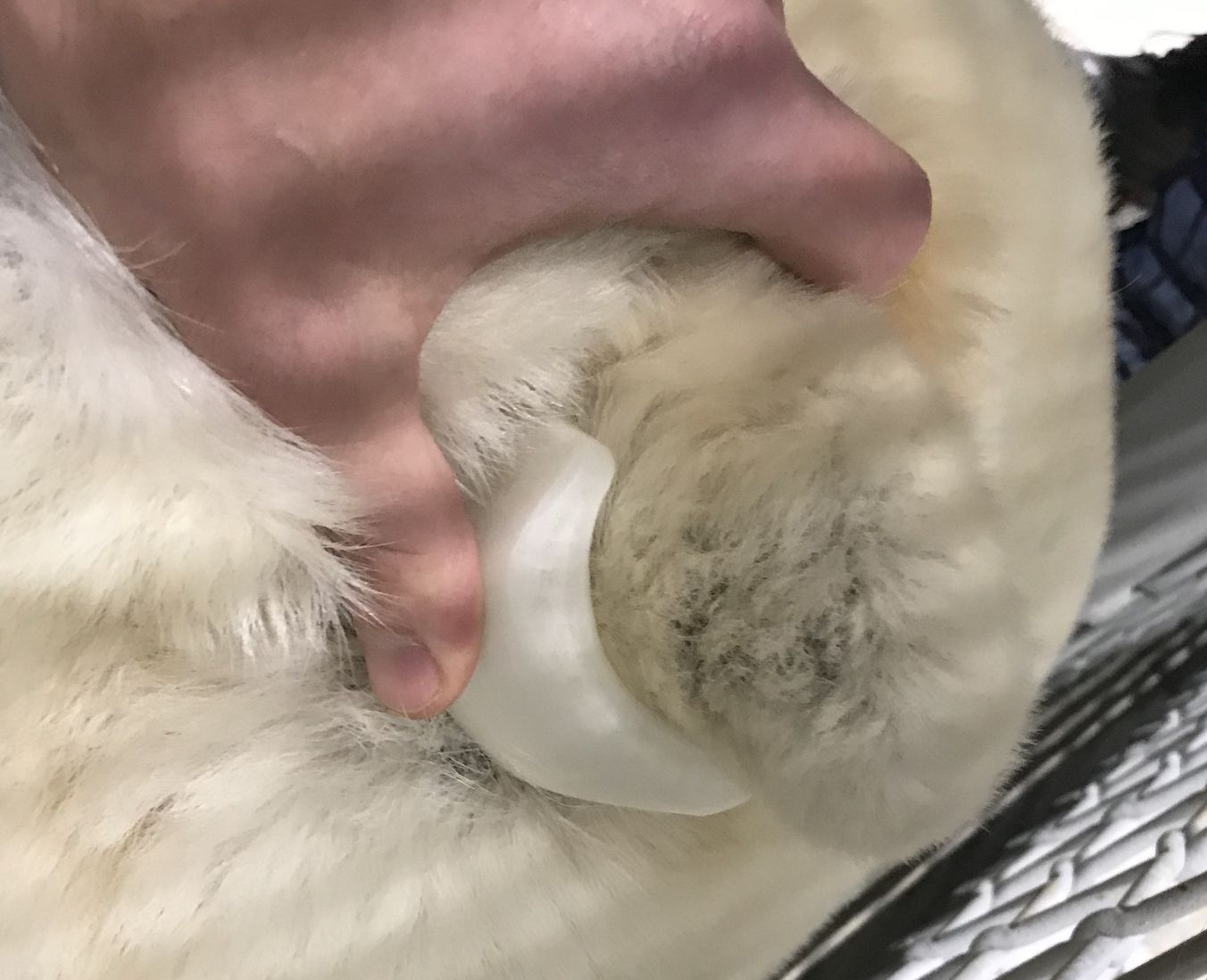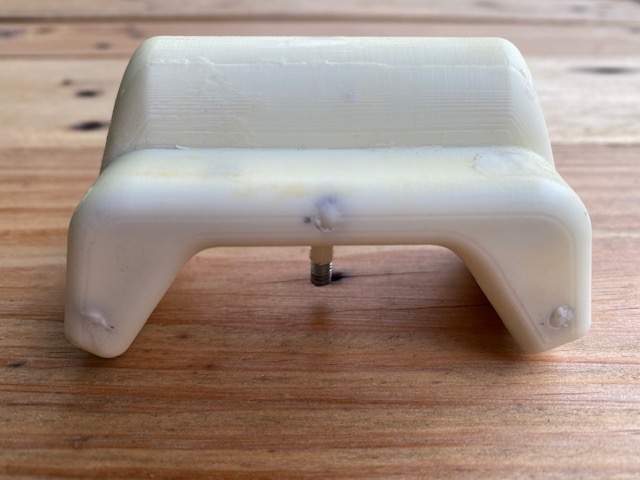← Back
Breaking news: Engineers and scientists collaborate to develop the first open-source Argos ear tag

For over a decade, researchers have been working on improving radio telemetry devices for polar bears. In 2018, the U.S.
Fish and Wildlife Service, the World Wildlife Fund, IDEO, and MistyWest teamed up to develop a new Argos-based polar bear ear tag. After two years of R&D, MistyWest, with assistance from IDEO, has developed a functioning open-source ear tag that can be adapted to other animals.
Why develop an ear tag?
The primary need was to minimize potential effects on the bears and develop a tagging device that would work on all sex and age classes. Currently, radio collars can only be applied to adult females since adult male’s necks are larger than their heads. Therefore, collars can slip off males. Collaring younger animals that are growing is not an option, given the collar is fit to size and doesn’t accommodate growth.
Over the years, different radio tags have been developed by different companies as potential solutions. Glue-on tags have been deployed with moderate success. However, since most captures occur in the spring when bears will begin to molt within 2-3 months of deployment, retention rates are low as the tag falls off with the fur.
Ear tags have also been developed and have held promise. However, icing on the antennas, antennas detaching from the device, and short battery life in Arctic conditions have limited data collection to 2-3 months, in contrast to radio collars which collect and transmit data for over a year.
The adventure begins

Figure 1 A prototype of the ear tag is held up to a sedated polar bear to determine if modifications in the shape and weight distribution should be made.
In 2016, a workshop was held in Anchorage, Alaska with various stakeholders, researchers, non-profit organizations, telemetry companies, and interested engineers to brainstorm ways to improve radio telemetry devices for polar bears.
From that effort, the best solution was to develop a better ear tag than what was currently on the market. In 2018, the U.S. Fish and Wildlife Service, the World Wildlife Fund, IDEO, and MistyWest teamed up to develop a new Argos-based polar bear ear tag. The two primary needs were to; 1) develop a small Argos ear tag with an internal antenna and 2) find a battery that would function in the Arctic conditions to collect and transmit data for a full year.
Molds of polar bear ears were built from measurements taken from captive bears to inform the shape of the tag that would sit on the ear. Subsequently, we were able to test the fit of the prototype ear tag to a live polar bear at the Alaska Zoo (Fig. 1). IDEO also tested degradable materials for the attachment point of the ear tag, with the goal of finding an attachment system that would release the tags within one to or two years of deployment.
Results
One of the largest challenges was determining the proper antenna width and configuration (with tuning) for the internal antenna that could transmit data using the Argos platform. MistyWest tested numerous antennas to find a configuration that could function internally with good results (within 2 km of actual location).
After two years of research and design, MistyWest, with assistance from IDEO, has developed a functioning ear tag with an internal antenna (Fig. 2 and Fig. 3). Additional testing of these tags needs to occur, along with further refinement, including a battery that has a longer life, improved podding, smaller and lighter housing, and continued development of an on/off switch.
This study is now concluded and MistyWest is now offering the results along with the open-source files at GitHub to allow other developers to advance and refine this technology.
 |
 |
|
Figure 2 The current polar bear ear tag design by MistyWest with an internal antenna. |
Figure 3 The internal components including the antenna of the Argos ear tag. |
